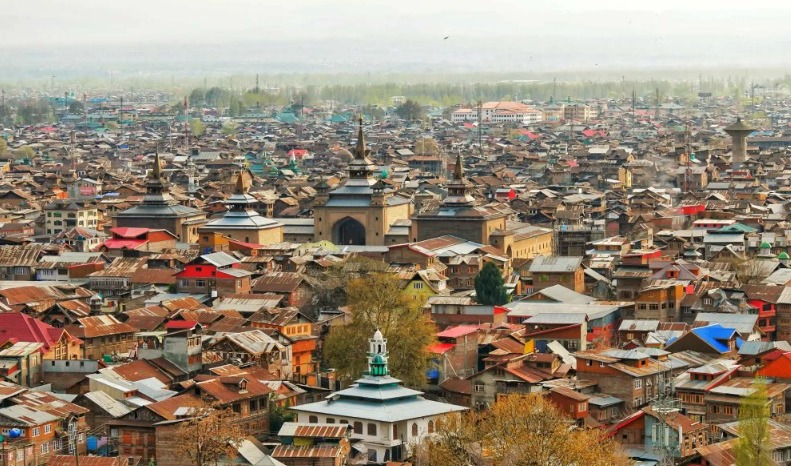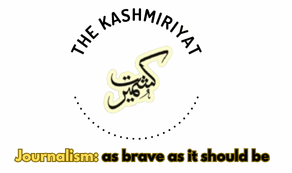
The Kashmir Valley’s Air Quality Index (AQI) has slightly improved in the past two days due to snowfall in higher elevations and rain in the plains. Initially classified as “Unhealthy for Sensitive Groups,” the air quality has now shifted to the “Moderate” category.
On Thursday, Srinagar’s PM2.5 concentration exceeded the WHO annual air quality guideline by 9.2 times, resulting in an AQI of 127, surpassing the healthy threshold of 50. However, after Friday’s rainfall, the valley’s air quality improved significantly, shifting from “Unhealthy” to “Moderate” with an AQI of 74.
By Saturday, the AQI further decreased to 65, with Srinagar’s PM2.5 concentration at 3.8.
It’s worth noting that during the winter season, the valley experiences a noticeable decline in air quality, reaching an “Unhealthy for Sensitive Groups” level in the summer capital.
Jammu Kashmir, renowned for its unparalleled natural beauty, attracts global tourists seeking the charm of snow-capped mountains and lush forests. Despite its scenic allure, the region faces a rapid decline in air quality due to escalating pollution levels.
Air pollution, a global concern, affects even nations like the United States.
The invisible nature of air and pollution poses a significant challenge.
Our reliance on air connects its quality directly to our health. Unfortunately, dust, smoke, and the surge in vehicle emissions, particularly from diesel vehicles, along with pollutants from brick kilns and cement plants, have marred the once soothing atmosphere of J-K.
The issue is exacerbated by biomass burning for coal production and the open burning of waste. In winter, the Kashmir Valley, particularly Srinagar, experiences elevated levels of High Particulate Matter (PM 2.5).
The geographical constraints of Pir Panjal and Greater Himalayan mountain ranges trap air masses, compounding the problem.
NASA, a global leader in space exploration, highlighted the haze engulfing Kashmir Valley in a satellite image. The agency explains that temperature inversions, common in winter, trap cold, dense air from the Himalayas beneath warmer, less dense air.
This phenomenon is intensified by the shorter days and snow cover, impeding the mixing of lower and upper atmosphere air.
